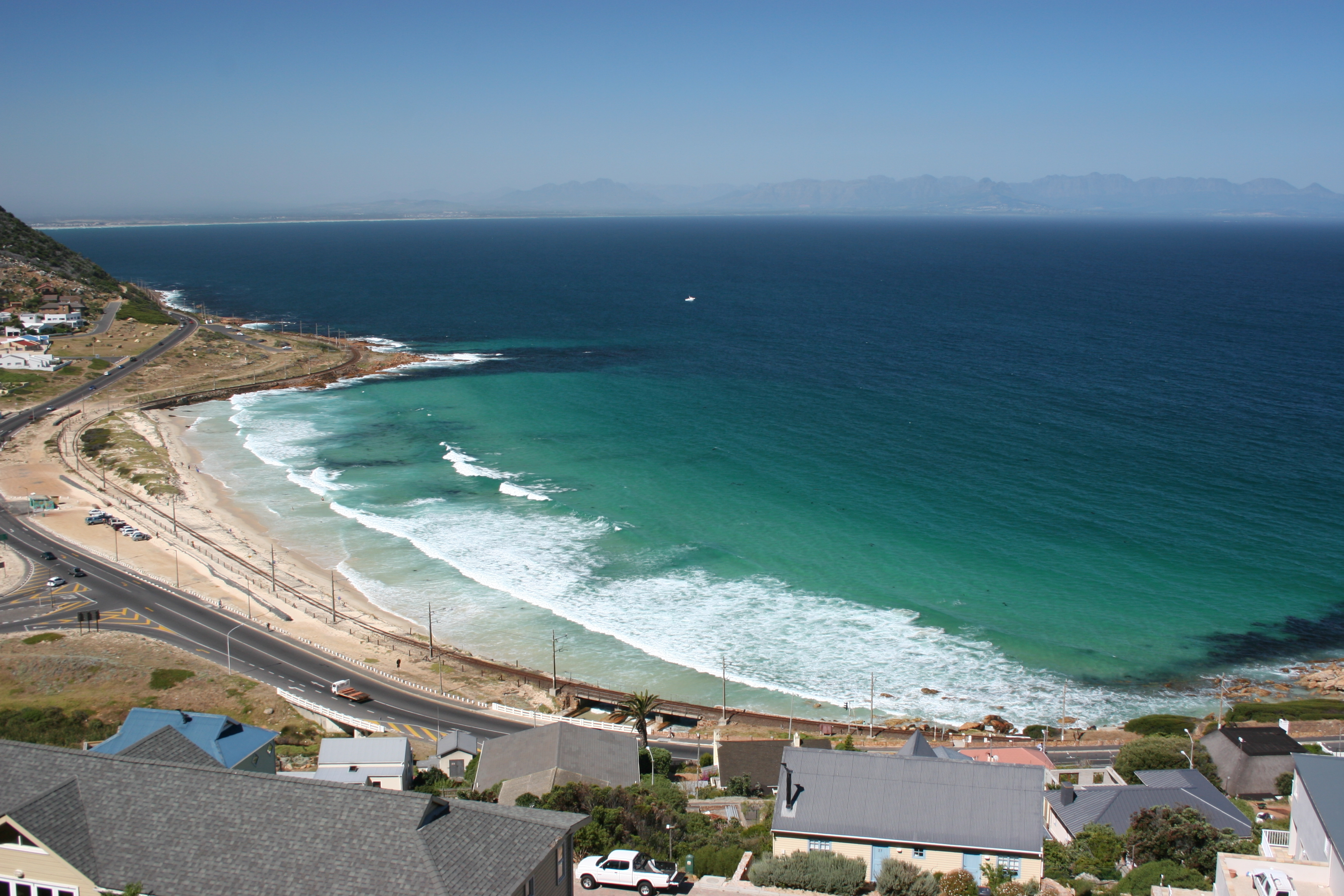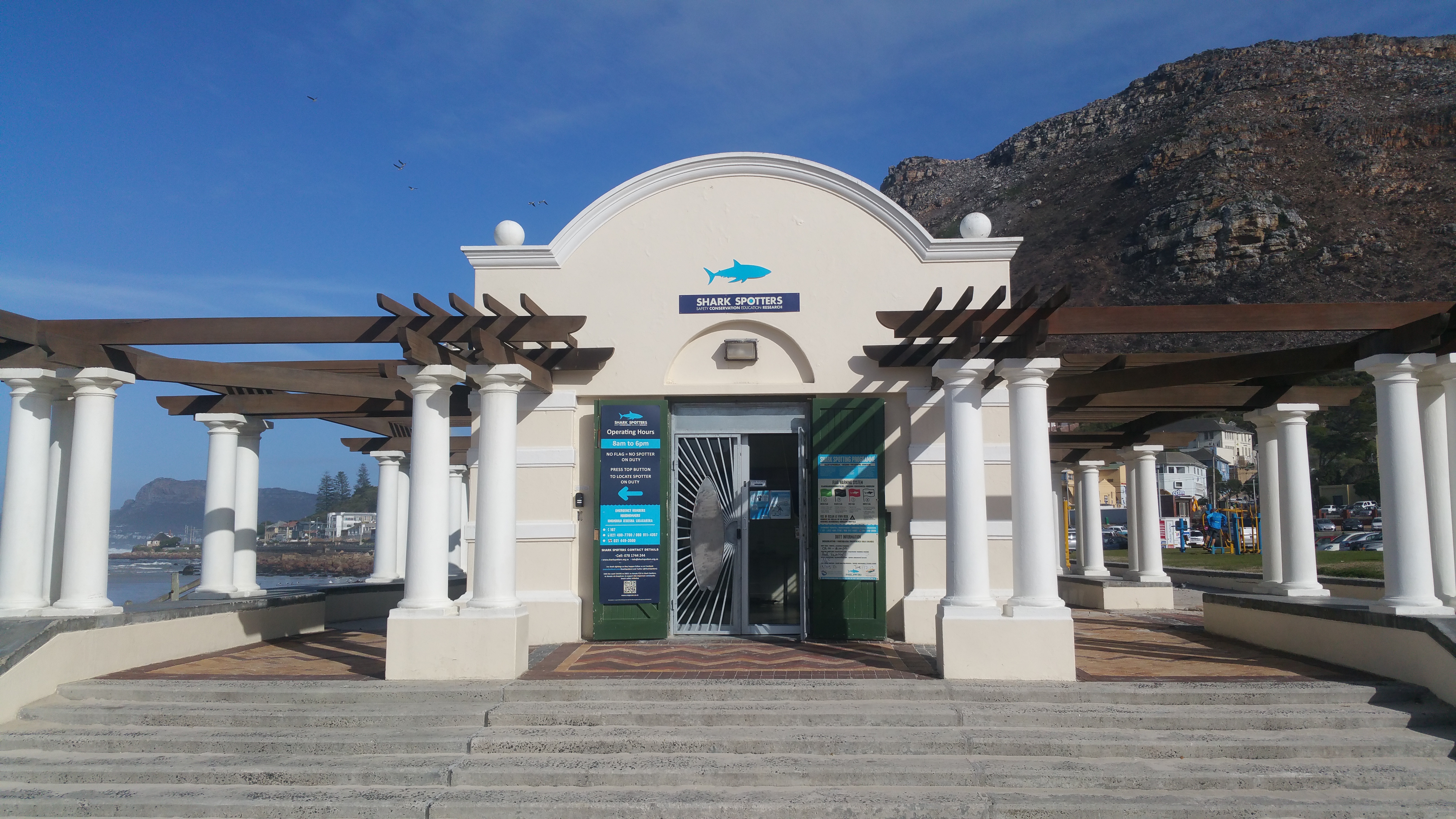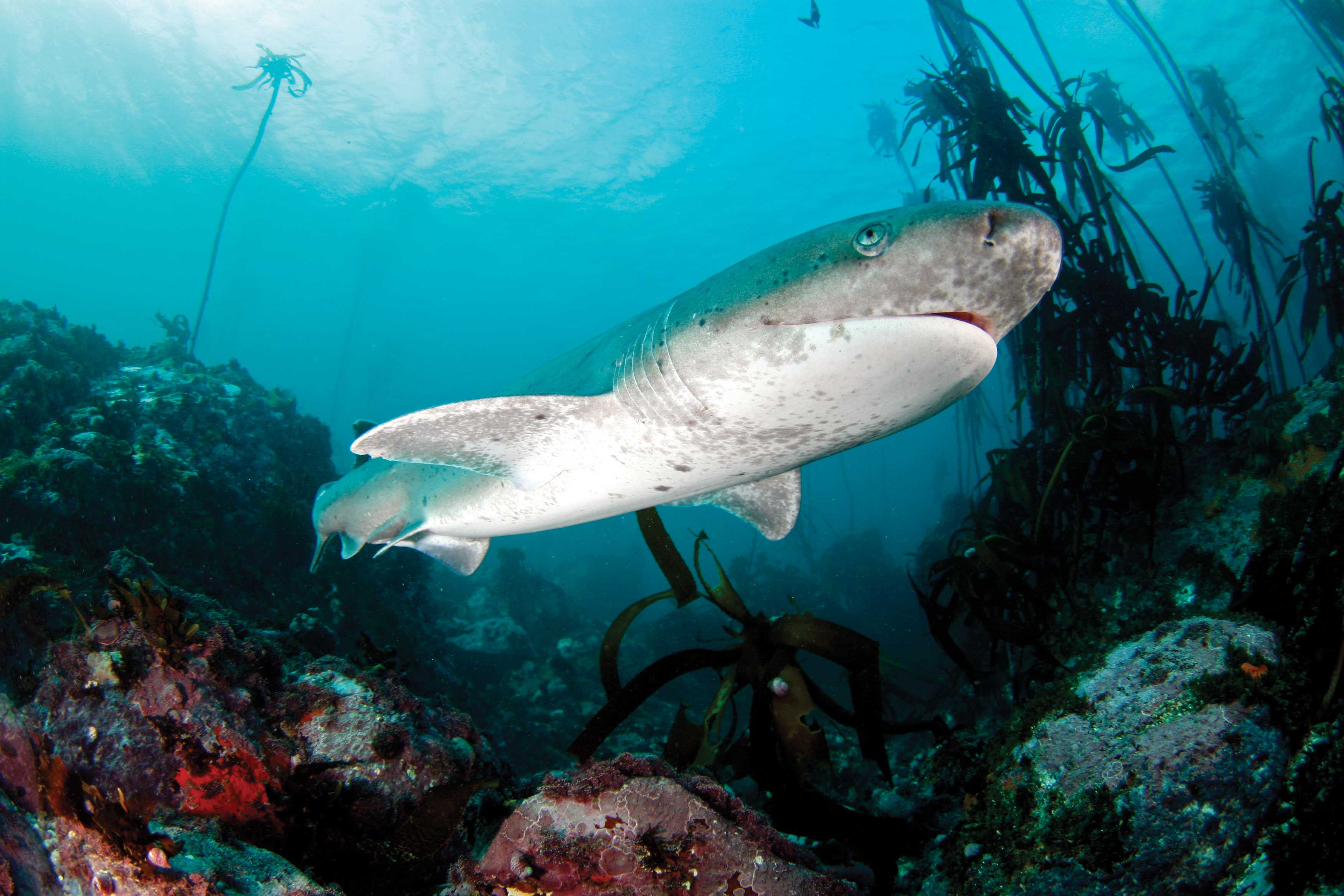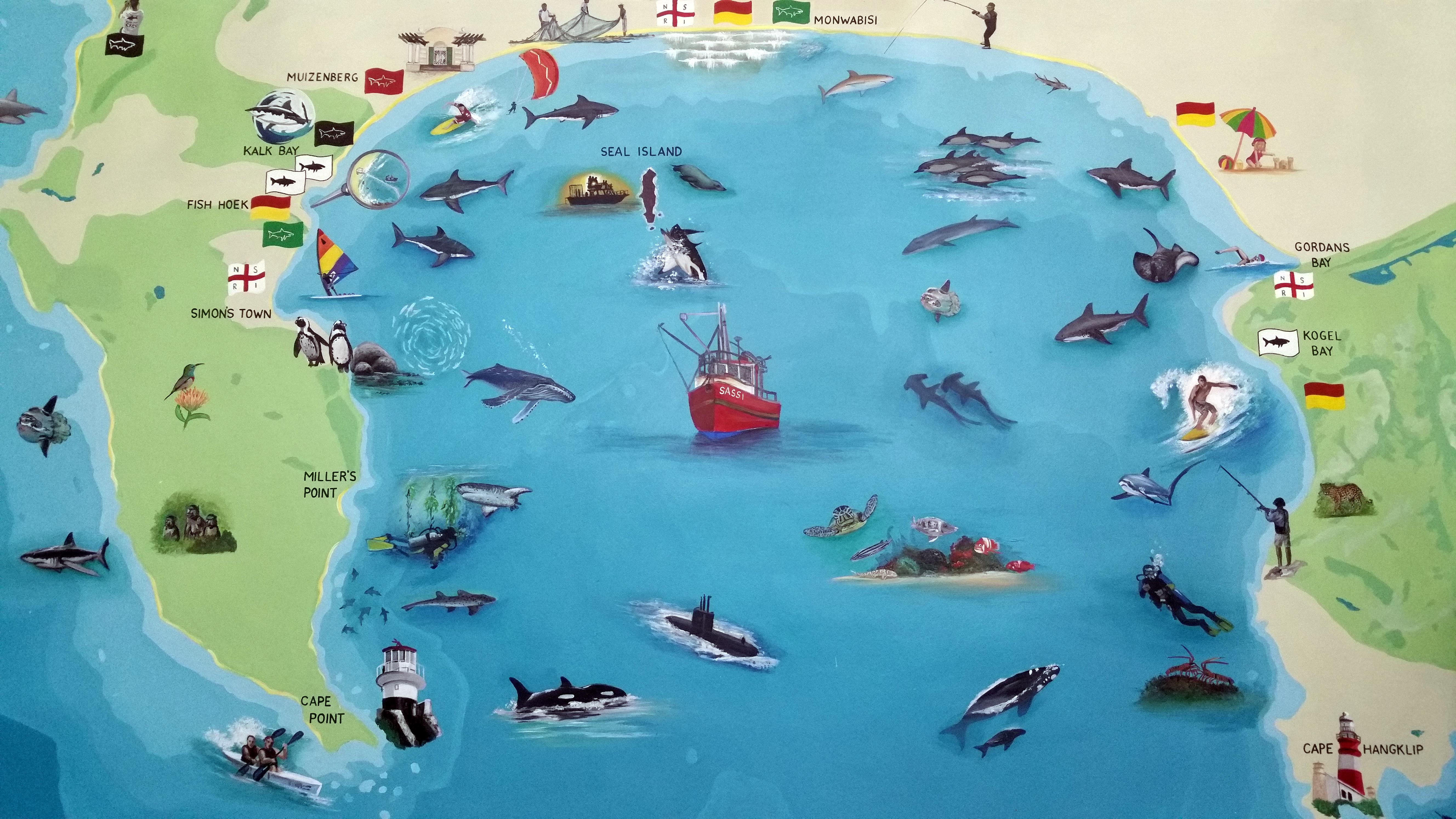My False Bay discoveries
Words by: Firdous Hendricks
Firdous has a passion for anything to do with nature and hopes to help change people’s negative perceptions of sharks. She thrives on creative writing and enjoys exploring nature’s wonders in her free time. She is the communications and admin assistant for Shark Spotters.
With our busy schedules and too much time spent indoors or looking down at our phones, we often forget to explore further than our noses and discover what our beautiful Cape Town has to offer.
Before I started working at Shark Spotters, which is based at Muizenberg, I was quite familiar with the area, but not its people. I was also not nearly as aware as I am now about the local marine life.
Named 300 years ago by early navigators returning from the east who mistook Cape Hangklip for Cape Point, False Bay is the largest true bay in southern Africa. Today it is a major attraction for locals and tourists alike and is well known for its safe beaches (like popular Muizenberg Beach, which is rated one of the world’s best beaches for learning how to surf), shark cage diving, scuba-diving and excellent southern right whale sightings.
I clearly remember my first day at work. After a hot drive from the northern suburbs where I live, I reached Muizenberg Beach bright and early. The view was stunning: clear skies, crystal-blue waters and surfers in every direction. I thought to myself, where do all these people come from? Do they not have to go to work? Then I realised that although I was still in the same city, being here is completely different from being back home behind the ‘boerewors curtain’. Later that day I visited some of the Shark Spotters on Fish Hoek beach to find out how the shark-spotting system and the exclusion net work. Here it was even livelier. There were kids playing everywhere, bathers enjoying the water and strollers all along the beach. Lucky to be in the right place at the right time, I even saw my very first great white shark! Our field manager was as excited as I was and remarked that it took our project manager four years to see her first shark and here I was with a clear view of this remarkable species on my first day. I was excited about everything I saw that day, but this shark in particular got me thinking. Why did it decide to come so close to shore? Was it here for a specific reason or was its presence just a lucky coincidence for me? It turns out, as most things do, that a little more than luck was involved.
This curious creature was there because of the shoals of yellowtail fish in the bay; it was looking for some fresh fish. I was also interested to learn about the treknet fishermen who were also trying to catch the fish. These fishermen have been operating in the area for hundreds of years and have ancestral rights that allow them to deploy their nets from beaches around False Bay. The land skipper, also known as the lookout, is positioned on one of the mountains overlooking the bay to see where the shoals of fish are. Using a series of signals, he waves a white flag and blows a whistle to indicate what distance a shoal is from shore. He has also picked up some other handy skills, such as being able to spot a shark from the mountain, which in fact is where the concept of Shark Spotters began.
To understand what makes False Bay so attractive to marine wildlife (and people), it is important to understand the uniqueness of this environment. The bay is influenced by two great ocean currents: the warm Agulhas Current, which flows down the east coast of Africa, and the cold, nutrient-rich Benguela Current, which flows up the continent’s west coast. This means that there is a high diversity of prey species, adapted to both cold and warmer waters.
The best known of the sharks is, of course, the great white, but it is only one of a large diversity of sharks, rays and skates that occur here. No fewer than 27 species representing 15 families have been recorded in the inshore waters of the bay, most of which are prey for the great whites. Seal Island, a popular tourist attraction, is a small granite island situated six kilometres off the northern beaches of False Bay. Named for the marine mammals occupying it, the island is home to approximately 70 000 Cape fur seals. And because naive young seals are relatively easy to catch, great white sharks are often seen in the area.
Another interesting discovery for me was the broadnose sevengill sharks, also known as cowsharks. False Bay is the only place in the world where very large numbers of these sharks can consistently be seen by divers. According to Dr Alison Kock, our research manager who is leading a long-term research project on the species, up to 70 of them can be seen in a single one-hour dive!
Looking at the recently painted mural in our information centre, I am amazed at all the species that can be encountered in the bay. One that particularly grabs my attention, because of its unconventional design, is the sunfish. This peculiar animal is able to grow to two metres long and is often mistaken for a great white shark because of the similarity in shape of the two species’ prominent dorsal fin. I had no clue such an animal even existed before working at Shark Spotters, and was surprised to learn that it feeds on jellyfish and basks in the sun. Of all the fish in the sea, this has to be one of the most unusual.
I truly believe that False Bay is one of the most beautiful places in the world. From rays and dolphins to sevengill sharks and sunfish, there is an incredible diversity of wildlife to discover, which is something I hope to do more of really soon. I consider myself extremely lucky to live alongside so many of these amazing species. Although my family and I are wanderers of nature by heart, it is evident that there is so much more to learn about all the wonderful species that call False Bay their home. This gives me even more reason to get out there and explore. After all, nature and practical experience will always be the best teachers!





Leave a Reply
You must be logged in to post a comment.